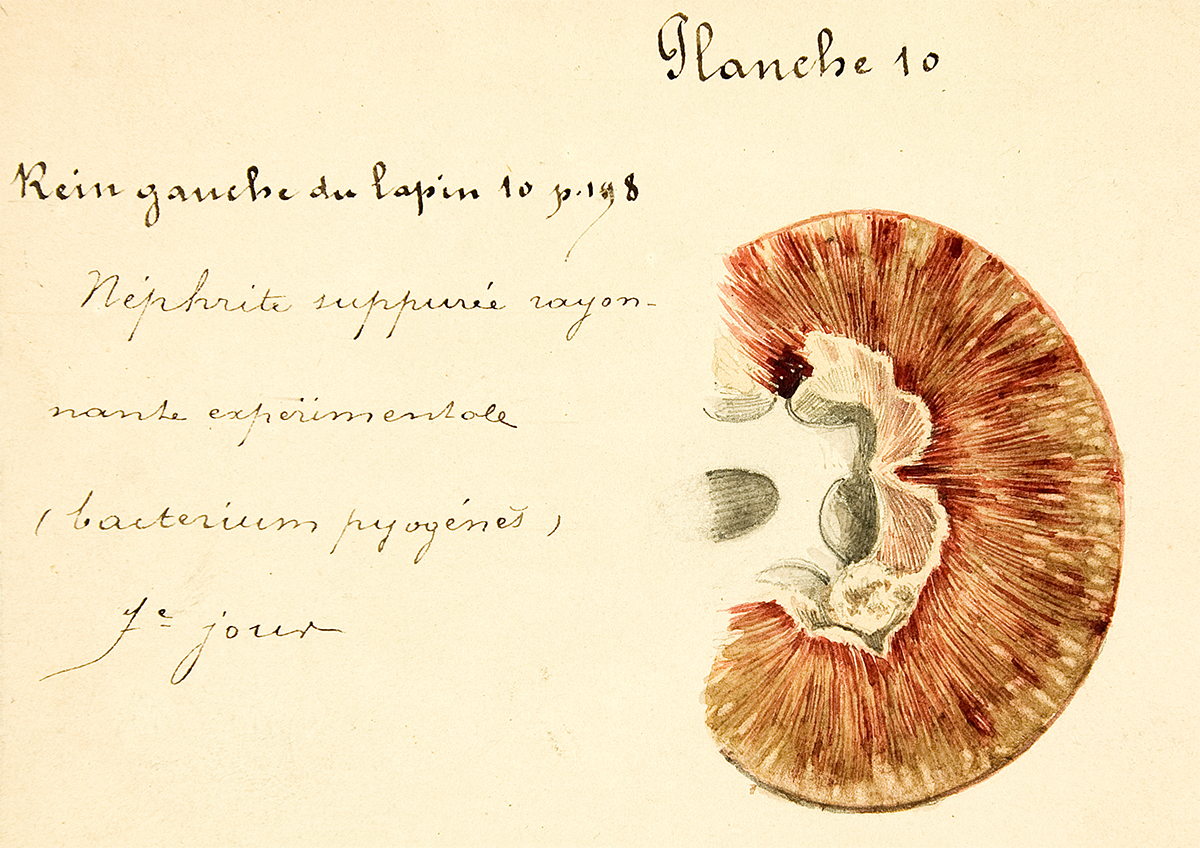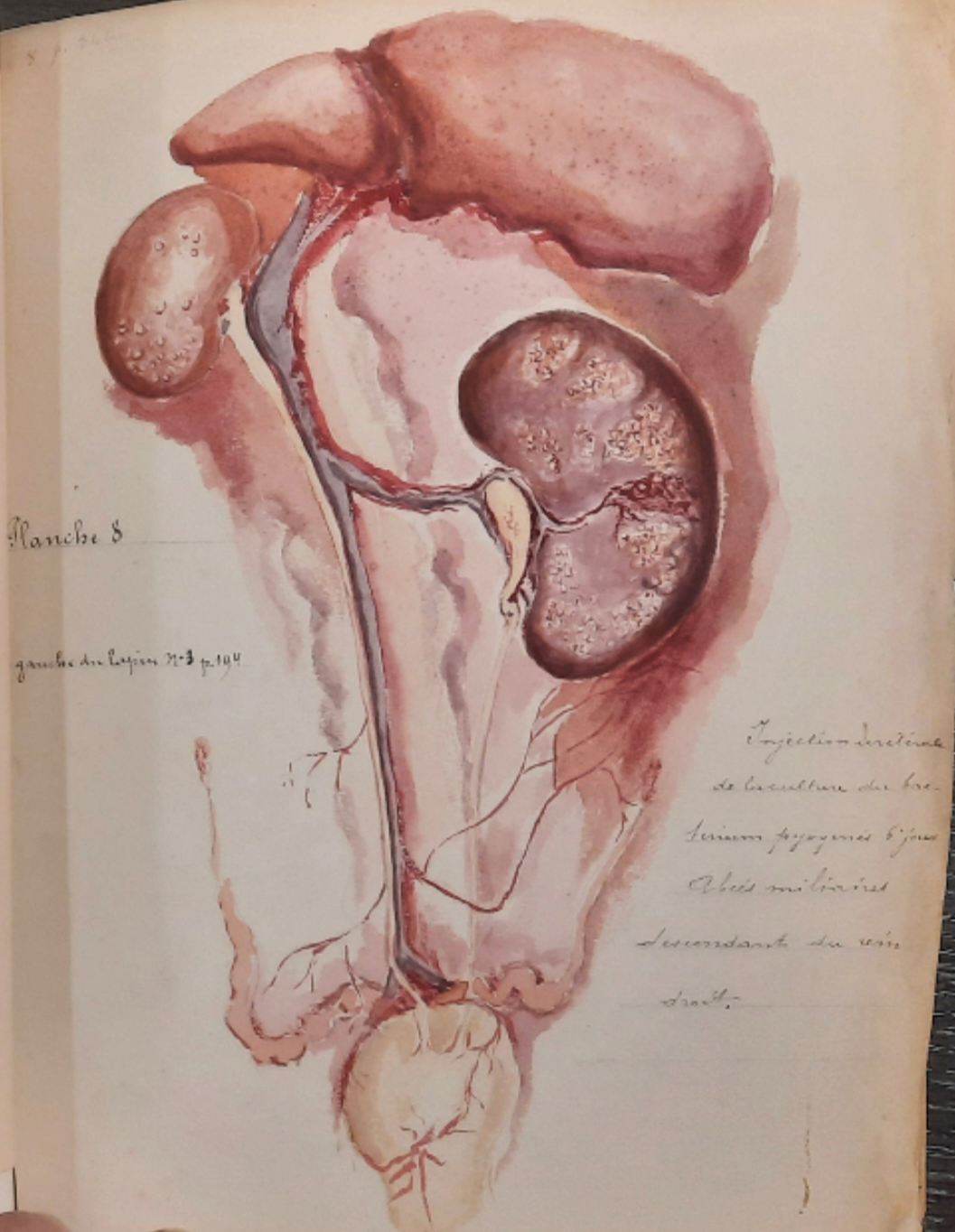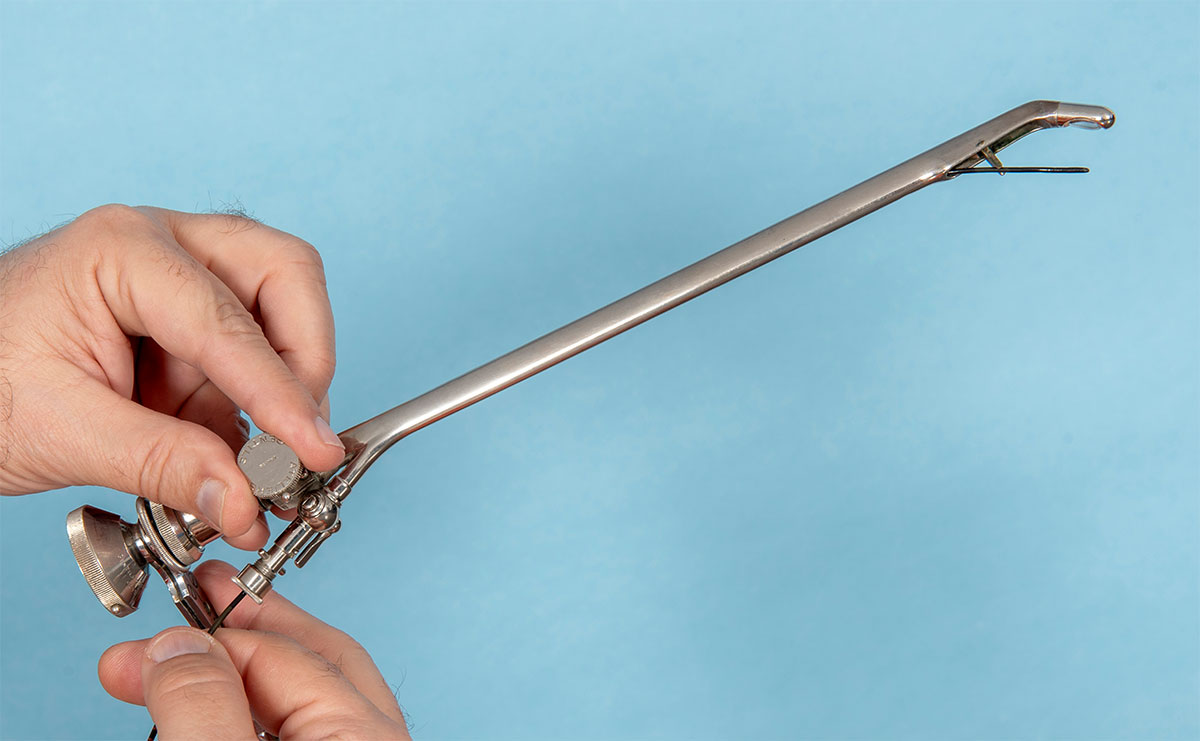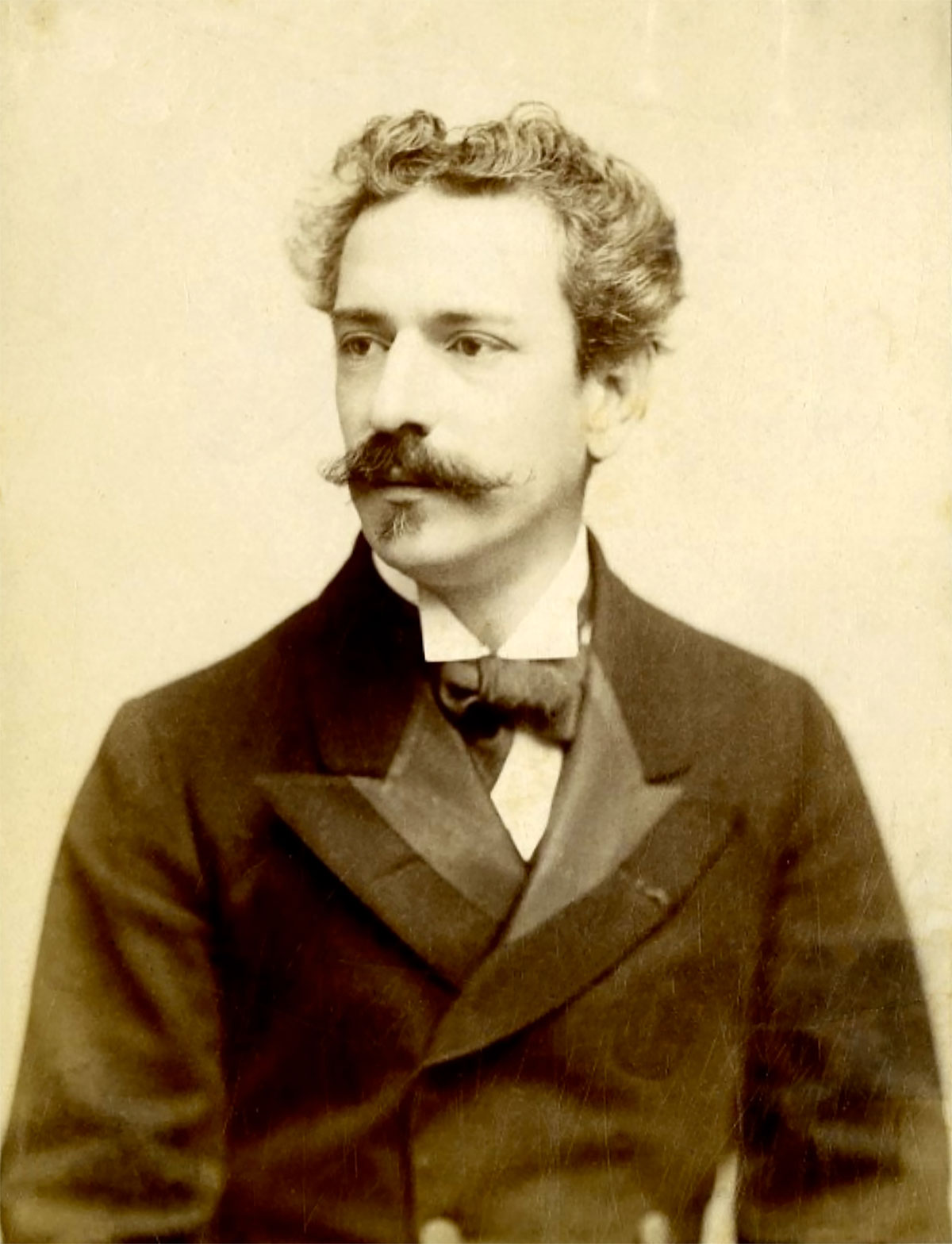Joaquín Albarrán (1860-1912), the gifted promise
Son of a Creole aristocrat and an Andalusian doctor who turned into a sugar cane businessman, Joaquín Albarrán Domínguez was born in Sagua La Grande, into a wealthy family that, like so many others in the Spanish oligarchy, had decided to make their fortune in the oversea territory of Cuba. Joaquín lost his mother at the age of two, and his father at the age of four. His godfather and executor, the surgeon and businessman Joaquín Fábregas from Barcelona, provided Joaquín with an early education with the Jesuits in Havana.
Joaquín showed signs of being gifted, so his godfather made the decision for Joaquín to go to Barcelona in July 1872 to complete high school before entering the prestigious faculty of medicine in that city. His older brother Pedro, who was about to enter the university, also moved with Joaquín to Barcelona and preceded him at the medical school. Although there were still a few years left before the start of the Spanish-American War (1898) for the commercial control of Cuba, the student revolts were very serious in La Habana and many wealthy families had chosen to send their children abroad. In the case of Joaquín, his godfather wanted to achieve the maximum development of the capabilities that were already visible in this boy.
In 1873 Joaquín obtained his bachelor in Art and in 1877 his medical degree, at the age of 17. His professors advised him to get his doctorate in Madrid, where he moved and got friendship with another young investigator who was later awarded the Nobel Prize, Santiago Ramón y Cajal (1852-1934). In 1878 Joaquín got extraordinary doctoral award with his thesis on “The contagiousness of pthysis”, a well conducted experimental study on how and when pulmonary tuberculosis could be contracted, together with the most recent bibliographical update on the topic. Most likely, this scientific contribution was the gate of access of this dreadful disease to his body, the white death that declared on him three decades later and took his life in 1912 at his age of 51. Despite his short life, he fulfilled many achievements. Although a doctor at the young age of 18, he could not practice for four years, due to Spanish legislation, so his only option was to improve his education.
Albarrán initially intended to move to Berlin but, following his brother, he stopped in Paris and met the personalities he had read of and reviewed in his doctoral thesis. There, under the influence of the histologist Louis Antoine Ranvier (1835-1922), Joaquín decided to learn French and study medicine again in University René Descartes. His older brother preferred to go back to Cuba. Here started the medical career of Joaquín Albarrán. His surname means “foreign” in Spanish. In fact, he was considered foreign everywhere, in Cuba he was Creole; in Barcelona, he was Cuban; in Paris he was Spaniard, and as such he developed his own character: a leader, outstanding brilliant person, tireless worker and family man. He married twice and most of his close relatives and friends were of Spanish origin.
After several prizes and recognitions, he accessed the service of Professor Jean-Casimir-Felix Guyon (1831-1920) as fourth-year internship in 1888. The patron initiated a close relation with this exceptional pupil, who became doctor for a second time in Paris with his thesis “Étude sur le rein des urinaires” in which he discovered the pyogenic germ (later named E. coli) that caused pyelonephritis and death in operated patients. This anatomic and clinical work was based on autopsy findings and the experimental demonstration of the ascending infection, and also on watercolours made by himself to illustrate.


Watercolor of Albarrán’s doctoral thesis, 1889.
In 1890 he finished internship and was forced to change his nationality to get access to university positions and practice Medicine in France. His first book “Les tumeurs de la vessie” was published in 1890 and granted the best recognition of Professor Guyon and other international leaders, including Maximilian Nitze (1848-1906). His meteoric career has already started. That same year Albarrán was named Clinical Chief in Necker and in 1892 he was appointed Associate Professor of Surgery. In 1894 he officially became Surgeon of the Hospitals in Paris and in 1897 he received Tremblay Prize of the Academy of Medicine in Paris for the discovery of the “lever” that was incorporated by all cystoscope makers to make ureteral catheterization possible. Many other prizes and recognitions followed in France and abroad. His outstanding participation in the “Traité de Chirurgie” of Le Dentu and Delbet consolidated his prestige in 1900. He served as a surgeon for the General Administration of Public Assistance in several hospitals in Paris from 1901 to 1906 and received many visitors from overseas. During these years he published two important books, “Les tumeurs du rein” in 1903 and “Exploration des fonctions rénales” in 1905.
In November 1906 he became full professor and chair of department of “Voies Urinaires” in Necker. Among his visitors and fans he was able to establish a wide network of professionals worldwide. With this group he founded the International Association of Urology (today “Société Internationale d’Urologie”) and held its first congress in Paris in 1908. In the first months of 1909 his health deteriorated and tuberculosis was declared. He managed to end his final masterpiece “Médecine opératoire des voies urinaires, anatomie normal et anatomie pathologique chirurgicale”, considered by many the best book in Urology ever published. He visited different maritime resorts in France and Spain in an attempt to control his illness, until his death in Arcachon on January 17th 1912, at the age of 51. Two hundred and fifty articles, five books and several other chapters published during 24 years constitute the scientific legacy of this gifted promise of Urology. His pupils turned into the first academics and specialists in the field worldwide. Like a star he was, he died too young but his light has not stopped shining.






